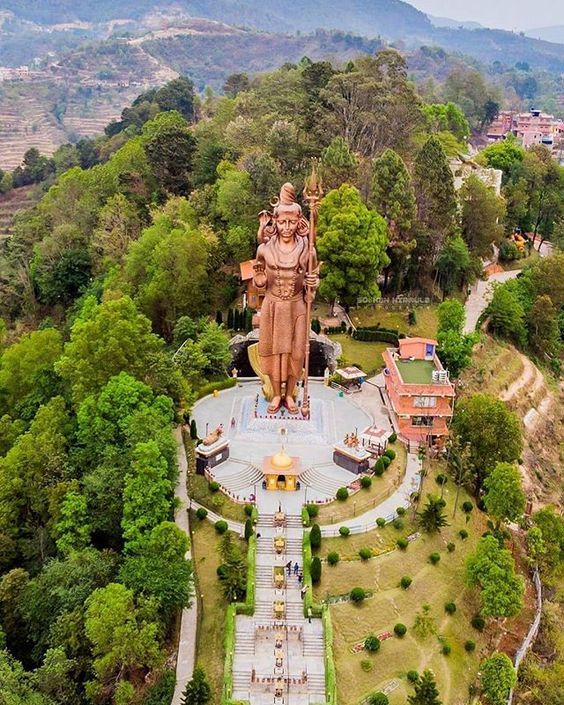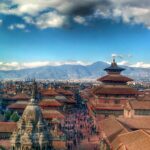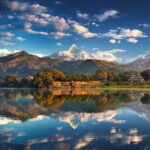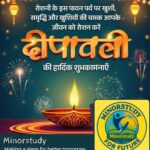Introduction
Bhaktapur, often called the “City of Devotees,” is one of the three medieval cities in the Kathmandu Valley and a UNESCO World Heritage Site. Known for its well-preserved medieval architecture, cobblestone streets, vibrant squares, and rich Newar culture, Bhaktapur offers a captivating experience for travelers seeking cheap vacation ideas filled with history, culture, and art.
- Introduction
- History of Bhaktapur
- Fascinating Facts About Bhaktapur
- Timeline of Bhaktapur
- Significance of Bhaktapur
- 1. Cultural Significance
- 2. Religious Importance
- 3. Tourism & Economy
- 4. Educational Value
- 5. Community Pride
- 6. Artistic Inspiration
- Observance & Cultural Activities
- Wishing in Bhaktapur
- Daily Life Impact
- FAQs About Bhaktapur
- Important Tips for Visitors
- Importance in Society
- Conclusion
The city is famous for Durbar Square, Nyatapola Temple, pottery squares, and traditional crafts, making it a hub for cultural immersion and photography. Visitors can explore temples, palaces, markets, and local eateries, gaining insight into Nepalese heritage and lifestyle.
This guide covers history, fascinating facts, timeline, significance, observance, wishing, FAQs, daily life impact, and societal importance, presented in a human-friendly, engaging style.
History of Bhaktapur
Founding: Established in the 12th century by King Ananda Malla.
Medieval Prosperity: Served as a major center of art, culture, trade, and politics during the Malla period.
Architectural Heritage: Home to palaces, pagodas, and temples showcasing Newar craftsmanship and traditional architecture.
Cultural Preservation: Despite earthquakes and modernization, Bhaktapur retains its medieval charm and cultural identity.
Fun Fact: Bhaktapur means “City of Devotees,” highlighting its religious and cultural importance throughout centuries.
Fascinating Facts About Bhaktapur
Bhaktapur Durbar Square: The heart of the city, with Nyatapola Temple, Vatsala Temple, and Bhairavnath Temple.
Nyatapola Temple: The tallest pagoda-style temple in Nepal, built in the 1700s, dedicated to Goddess Siddhi Lakshmi.
Pottery Square: Witness traditional pottery-making techniques and buy handmade souvenirs.
Taumadhi Square: Features Nyatapola Temple and historical monuments, a prime spot for photography.
Local Cuisine: Famous for king curd (juju dhau), traditional Newar foods, and street snacks.
Cultural Festivals: Hosts Bisket Jatra, Gai Jatra, and other religious festivals attracting locals and tourists alike.
Handicrafts & Artisans: Known for wood carvings, metal crafts, and traditional artwork, supporting local livelihoods.
Timeline of Bhaktapur
12th Century: Founded by King Ananda Malla.
14th–18th Century: Flourished under Malla kings; major temples and palaces constructed.
1769: Shah dynasty annexed Kathmandu Valley; Bhaktapur retained cultural significance.
1934: Earthquake caused damage; restoration preserved heritage.
2015: Earthquake led to significant damage; UNESCO and local initiatives restored key monuments.
Present: A living heritage site attracting cultural tourists, photographers, and history enthusiasts.
Significance of Bhaktapur
1. Cultural Significance
Bhaktapur preserves Newar architecture, festivals, rituals, and medieval traditions, making it a cultural hub for Nepalese heritage.
2. Religious Importance
Home to temples, shrines, and monasteries, it is a center for Hindu and Buddhist spiritual practices.
3. Tourism & Economy
Supports local economy through guided tours, handicrafts, pottery, eateries, and cultural performances.
4. Educational Value
Provides insights into Nepalese history, architecture, festivals, and traditional craftsmanship, enriching travelers and students.
5. Community Pride
Promotes heritage preservation, intergenerational knowledge transfer, and cultural identity.
6. Artistic Inspiration
Renowned for wood carvings, murals, metalwork, and traditional music, inspiring artists and photographers worldwide.
Observance & Cultural Activities
Festivals: Bisket Jatra, Gai Jatra, Dashain, and other local celebrations keep traditions alive.
Rituals: Daily temple rituals, offerings, and worship maintain spiritual practices.
Artisan Demonstrations: Local workshops allow visitors to learn pottery, wood carving, and painting.
Community Gatherings: Squares host public gatherings, performances, and cultural interactions.
Wishing in Bhaktapur
Visitors often engage in wishing rituals at temples and shrines:
🕉️ “May peace, health, and prosperity fill my life and the lives of others.”
🌸 “Wishing for cultural understanding, happiness, and spiritual growth.”
🏯 “May the beauty and history of Bhaktapur inspire creativity and mindfulness.”
These practices connect travelers to the city’s spiritual and cultural essence.
Daily Life Impact
Bhaktapur impacts locals, tourists, and society:
For Visitors: Offers cultural exploration, photography, and historical learning.
For Locals: Supports handicraft production, food services, guiding, and hospitality, sustaining livelihoods.
For Society: Promotes heritage preservation, tourism economy, and cultural education.
FAQs About Bhaktapur
Q1: How long should I spend in Bhaktapur?
A: 1–2 full days to explore Durbar Square, Taumadhi Square, Pottery Square, and local markets.
Q2: Is it budget-friendly?
A: Yes, entry fees are minimal, and local food and souvenirs are affordable.
Q3: Can I try local cuisine?
A: Absolutely! Must-try dishes include juju dhau (king curd), momo, chatamari, and Newar traditional meals.
Q4: Are there guided tours?
A: Yes, licensed guides offer historical, architectural, and cultural insights.
Q5: When is the best time to visit?
A: Spring (March–May) and Autumn (September–November) for pleasant weather and festival experiences.
Important Tips for Visitors
Wear comfortable shoes for cobblestone streets.
Respect temple customs and local traditions.
Carry water, snacks, and sun protection during exploration.
Hire a local guide for historical insights and navigation.
Visit early morning or late afternoon for photography and fewer crowds.
Importance in Society
Bhaktapur is a cultural, spiritual, and economic landmark:
Heritage Preservation: Maintains medieval architecture, rituals, and festivals.
Economic Support: Sustains artisans, guides, vendors, and local businesses.
Educational Value: Offers learning opportunities about Nepalese history, culture, and craftsmanship.
Spiritual Center: Supports religious worship and spiritual reflection.
Community Pride: Encourages cultural identity, heritage conservation, and tourism engagement.
Conclusion
Bhaktapur is more than a city; it is a living museum of Nepalese history, culture, and artistry. Affordable, culturally rich, and visually stunning, it provides travelers with a deep connection to Newar heritage, traditional crafts, and spiritual practices.
🌸 Wishing for You: May your visit to Bhaktapur inspire curiosity, creativity, and cultural appreciation, letting every square, temple, and artisan encounter enrich your journey with memories, learning, and spiritual connection.








